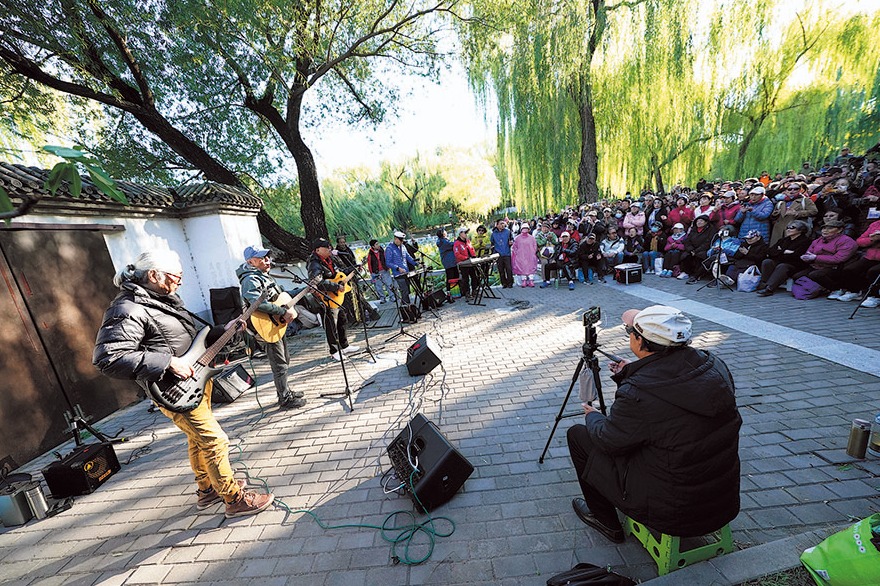Can the north hold?
In the 1980s, China's prosperous cities were evenly spread across the north and the south of the country. Today, the list is dominated by southern cities


For most part of China's history, going back around 5,000 years, the country's north has not only been a cradle of civilization, but also acted as its economic center of gravity.
The Qinling Mountain Range and the Huaihe River chalk out for the country, both geographically and economically, where the north ends and the south begins.
But after the First Opium War (1840-42) led to the lifting of the haijin, a ban on maritime trade that the country had intermittently enforced since the 10th century to ban smuggling and crack down on pirates, the south of the country started thriving with the opening up of a string of coastal cities as ports for international trade.
With the bar on maritime trade lifted, the economic gap between the south and the north began narrowing. Despite huge inputs during the planned economy era into key projects in North and Northeast China, on the industrial foundations left behind by foreign occupiers, the economy of the south and the north was evenly poised at 50:50 during the 1980s, thanks to an already booming private economy in the south.
After China joined the World Trade Organization in 2001, the dramatic increase in its foreign trade has been mainly stoked by the dramatic development of export processing enterprises in the south, dragging the country's economic center of gravity southward.
Although they might have sensed it, the people had not realized how far behind the north was lagging compared to the south until a list of the top 10 cities, ranked on the basis of their economies last year, went viral recently. The list had just one city from the north, Beijing.
Last year, Tianjin, a port city in the Bohai Bay that used to be a national industrial and commercial center for most part of the first half of the 20th century, was surpassed by Nanjing in Jiangsu province. In the 1980s, Beijing, Tianjin, Shenyang and Dalian in Liaoning province, and Qingdao in Shandong province were the five cities from the north that often made it to the top rankings.
However, Shenyang, Dalian and Qingdao have been replaced by Shenzhen in Guangdong province, Hangzhou in Zhejiang province and Chengdu in Sichuan province, thanks to thriving high-tech companies, the digital economy and equipment-manufacturing industries.
The regional development strategy the central authorities have adopted in recent years has further consolidated the strengths of the cities in the Yangtze River Delta, such as Shanghai, Suzhou and Hangzhou and those in the Pearl River Delta, such as Guangzhou and Shenzhen. These cities, all in the south, firmly occupy the top 10 rankings in the country in the 21st century.
The other regional center cities in the south, such as Chongqing, Wuhan in Hubei province, and Chengdu in Sichuan province, also frequent the list or are strong competitors for a position on it.
Notably, Wuhan and Chengdu account for about 20 percent of the population of Hubei and Sichuan provinces respectively, and more than 30 percent of the provincial economies. Yet that also raises the question of whether it is worthwhile to concentrate provincial resources and energy to support the development of just one city, or whether it is rational to stoke the boom in just two city clusters, while ignoring progress in a large number of smaller cities, towns and villages.
The latest national census indicates that over the past 10 years about 11 million people have relocated from Northeast China to other parts of the country. During the same period, the population of Guangdong, the largest provincial economy in the country, has increased by twice that number.
In the 1980s, when there were few migrant workers, about 30 percent of the country's population lived in the cities, and less than 4 percent of the population in the top 10 cities that contributed to about 10 percent of the country's gross domestic product.
Last year, China's urbanization rate crossed 60 percent. The top 10 cities in the country are now home to about 12 percent of the country's population, and account for about 23 percent of the nation's GDP.




































